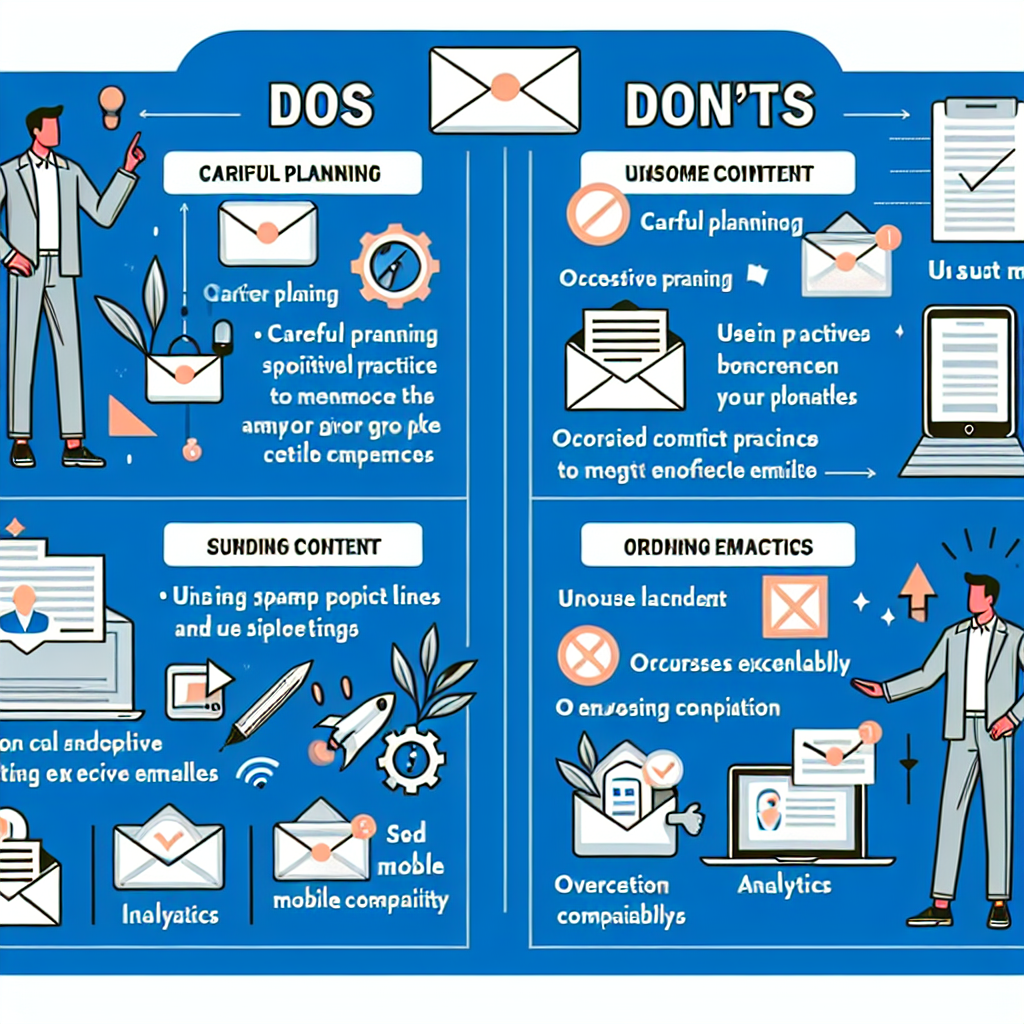Email Segmentation Strategies for Better Targeting
Email marketing is one of the most effective tools for reaching your audience, but its success hinges on how well you can target your messages. One of the best ways to enhance targeting is through email segmentation. By segmenting your email list, you can send more personalized, relevant content to your subscribers, resulting in higher engagement and conversion rates.
In this blog post, we’ll explore the importance of email segmentation, share various strategies for segmenting your email list, and provide actionable tips you can implement to improve your email marketing campaigns.
Why Email Segmentation Matters
Email segmentation is the practice of dividing your email list into smaller, more targeted groups based on specific criteria. This allows you to tailor your messages to the unique needs and interests of each segment. According to a study by Mailchimp, segmented email campaigns result in a 14.31% higher open rate and a 100.95% higher click-through rate compared to non-segmented campaigns.
Improved Engagement
When you send relevant content to your subscribers, they are more likely to engage with your emails. This means higher open rates, click-through rates, and ultimately, better ROI for your email marketing efforts.
Increased Customer Loyalty
Personalized emails make your subscribers feel valued and understood, which can foster a stronger connection to your brand. This can lead to increased customer loyalty and repeat business.
Better Deliverability
Email service providers (ESPs) are more likely to deliver your emails to the inbox if your subscribers are engaging with your content. By sending relevant messages to segmented lists, you can improve your overall deliverability rates.
Effective Email Segmentation Strategies
Now that we understand the importance of email segmentation, let’s explore some effective strategies you can use to segment your email list for better targeting.
1. Demographic Segmentation
Demographic segmentation involves dividing your email list based on characteristics such as age, gender, location, and income level. For example, a clothing retailer might segment their list into male and female subscribers to send gender-specific promotions.
2. Behavioral Segmentation
Behavioral segmentation involves grouping subscribers based on their interactions with your brand. This could include their purchase history, website activity, email engagement, and more. For example, you might create a segment for subscribers who have abandoned their shopping carts and send them a reminder email with a special discount.
3. Psychographic Segmentation
Psychographic segmentation involves dividing your list based on the lifestyle, interests, and values of your subscribers. For example, a fitness brand could segment their list into groups interested in yoga, weightlifting, or running, and send tailored content to each group.
4. Purchase History Segmentation
By analyzing your subscribers’ purchase history, you can create segments based on product preferences, purchase frequency, and average order value. This allows you to send personalized product recommendations and special offers to encourage repeat purchases.
5. Engagement Level Segmentation
Segmenting your list based on engagement levels can help you tailor your messages to different subscriber groups. For example, you might create segments for highly engaged subscribers, moderately engaged subscribers, and inactive subscribers. You can then send re-engagement campaigns to inactive subscribers and exclusive offers to your most loyal customers.
Actionable Tips for Implementing Email Segmentation
Now that we’ve covered some effective segmentation strategies, let’s look at some actionable tips for implementing email segmentation in your campaigns.
1. Collect Relevant Data
To effectively segment your email list, you need to collect relevant data from your subscribers. This can be done through sign-up forms, surveys, and tracking subscriber behavior. Make sure to ask for the information that will help you create meaningful segments without overwhelming your subscribers.
2. Use Email Marketing Software
Invest in email marketing software that offers segmentation features. Most email marketing platforms, such as Mailchimp, HubSpot, and ActiveCampaign, provide tools for creating and managing segments based on various criteria.
3. Test and Optimize
Segmentation is not a one-size-fits-all approach. Continuously test different segmentation strategies and analyze the results to determine what works best for your audience. Use A/B testing to compare the performance of segmented emails against non-segmented ones.
4. Personalize Your Content
Once you’ve segmented your list, make sure to personalize your email content for each segment. Use dynamic content and merge tags to include personalized elements such as the subscriber’s name, product recommendations, and tailored offers.
5. Monitor and Adjust
Regularly monitor the performance of your segmented email campaigns and adjust your segmentation criteria as needed. Keep an eye on key metrics such as open rates, click-through rates, and conversion rates to ensure your segmentation strategy is effective.
Conclusion
Email segmentation is a powerful strategy for improving the effectiveness of your email marketing campaigns. By dividing your email list into smaller, targeted groups, you can send more personalized and relevant content to your subscribers, resulting in higher engagement and conversion rates.
Implement the segmentation strategies and actionable tips outlined in this blog post to enhance your email marketing efforts and achieve better targeting. Remember to continuously test, optimize, and adjust your segmentation approach to ensure it meets the needs of your audience and delivers the best results for your business.
Start segmenting your email list today and watch your email marketing performance soar!


